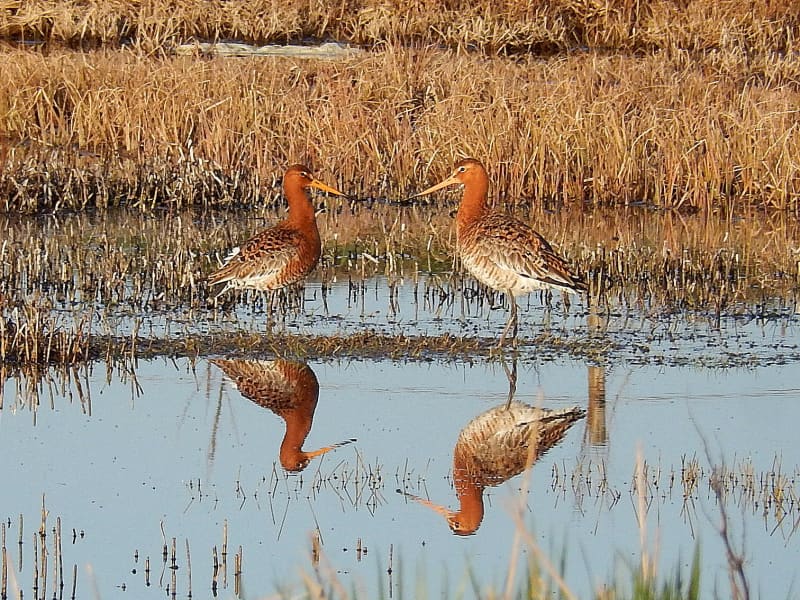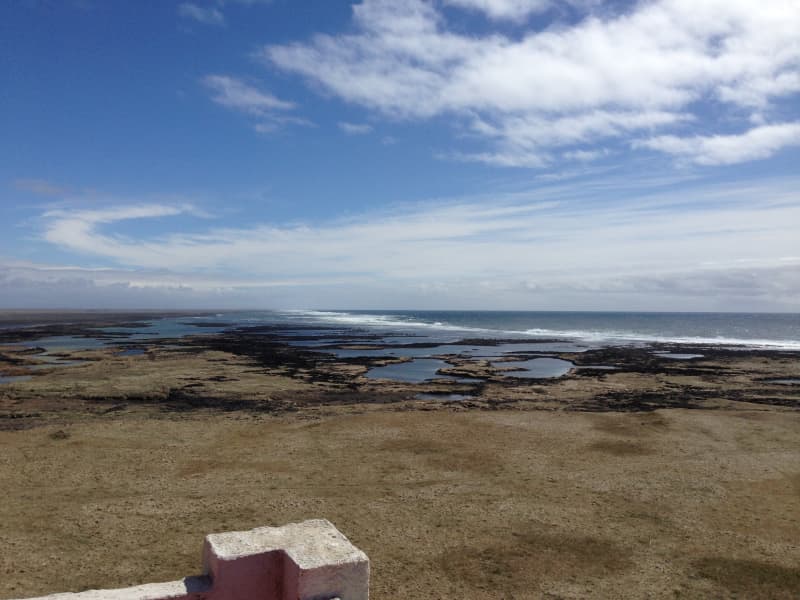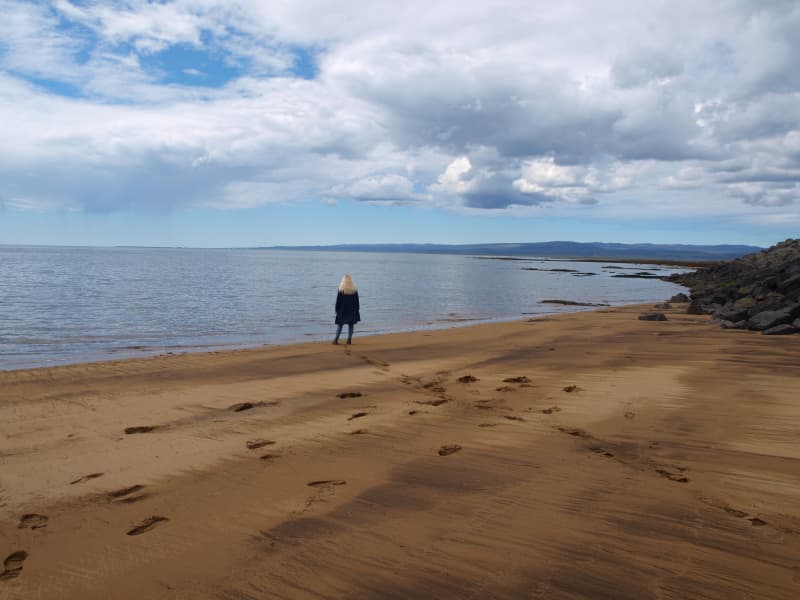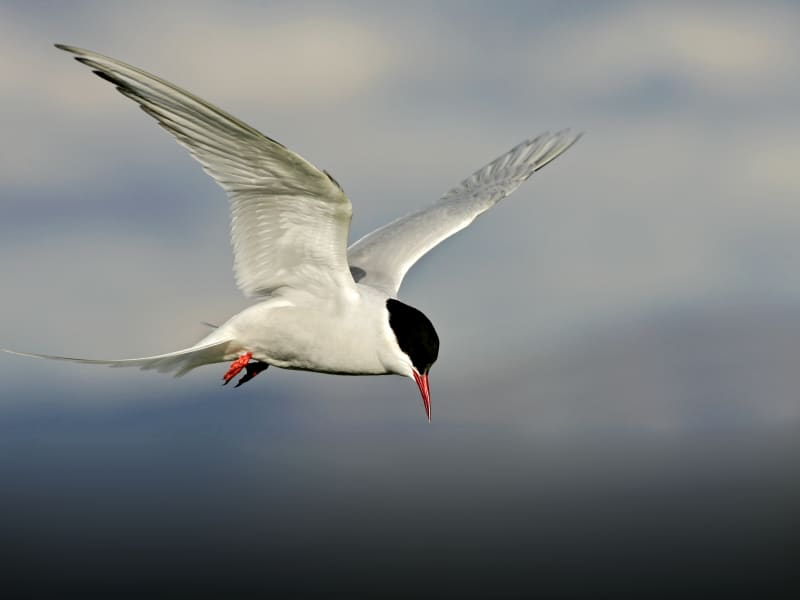Nature and Wildlife
Stokkseyri
Or try searching by Category and/or Location
The South Coast Lighthouse Trail offers variety of nature and wildlife. The area has a rich bird life as well as diversity in beaches and shores. Even if you’re not a bird-watching enthusiast, you should take time to observe some of the bird species that are by the coast. If you look at the sea, you might see seals swimming around.



